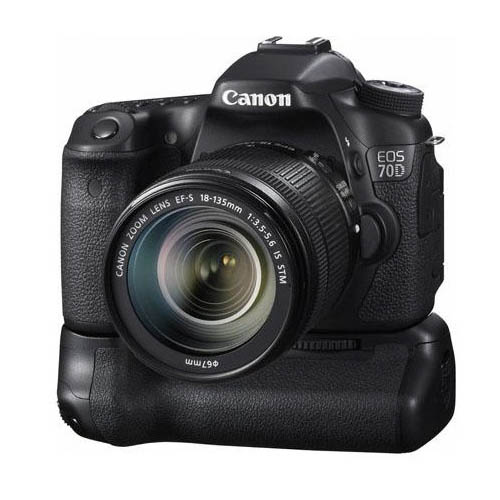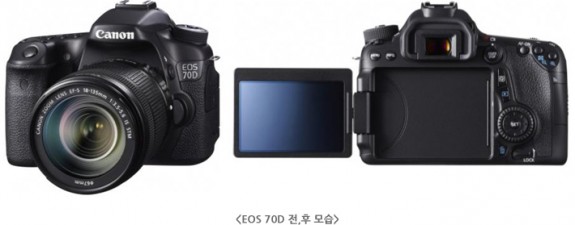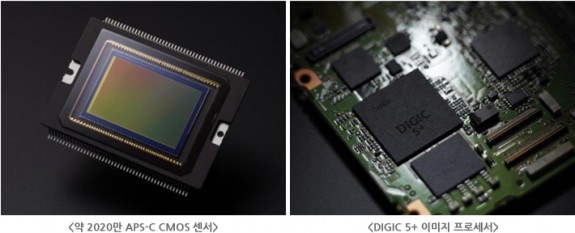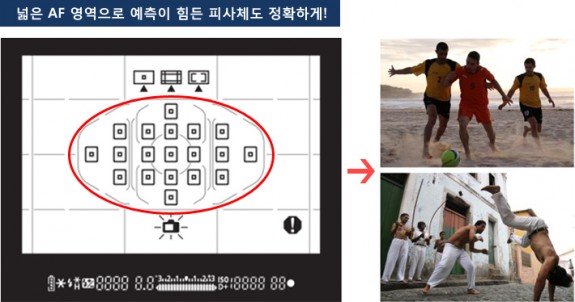
DxO Labs have added a new exposure time measurement setup to DxO
Analyzer 5, providing the first automated solution for measuring
exposure time, shutter lag, ERS delay, vertical blanking, frame time,
frame rate, and missing frames for both still and video CMOS-based
cameras. All CMOS sensors feature an ERS, which introduces many kinds of
artifacts and distortions that particularly affect moving objects,
resulting in wobble or jello effects, skew, smear, or partial
exposure. DxO Analyzer v5 uses advanced image processing technologies to
deliver a precise characterization of ERS distortions. The new setup
combines the DxO LED Universal Timer, shutter triggers, and software,
all developed by DxO Labs to deliver automatic test shot processing.
Dxo Press Release
DxO Analyzer v5 introduces the first automated solution for
characterizing Electronic Rolling Shutter for video and still cameras
July 16, 2013 - DxO Labs announces the immediate availability
of DxO Analyzer v5’s new exposure time measurement setup. With this new
feature, DxO Analyzer v5, the reference solution for measuring still and
video image quality, now provides the first automated solution for
measuring exposure time, shutter lag, ERS delay, vertical blanking,
frame time, frame rate, and missing frames for both still and video
CMOS-based camera products, whether equipped with a touch-screen or a
standard mechanical shutter.
Exclusive DxO Analyzer Universal Timer
All CMOS sensors feature an Electronic Rolling Shutter (ERS), which
introduces many kinds of artifacts and distortions that particularly
affect moving objects, resulting in wobble or jello effects, skew,
smear, or partial exposure.
DxO Analyzer v5 uses advanced image processing technologies to deliver a
precise characterization of ERS distortions. The new setup combines the
DxO LED Universal Timer, shutter triggers, and software, all developed
by DxO Labs to deliver the unique advantage of automatic test shot
processing.
The DxO LED Universal Timer features high-count and small-cell LED
arrays that deliver exposure time measurement precision up to 10µs. A
unique touch-screen trigger enables testing automation for smartphones,
tablets, and other touch-screen-based devices, making measurements much
more reliable and easier to perform than with any other competitive
solution.
Coupled to the DxO LED Universal Timer, DxO Analyzer v5 scans the shots
and automatically provides a test report with all ERS measurement data,
including automatic detection and counting of missing and duplicate
frames — another important attribute of video exposure characterization.
“With this new feature, we continue to expand our ability to bring to
the industry the most reliable and productive solution for
characterizing video capture,” said Nicolas Touchard, DxO Labs’ VP of
Marketing, Image Quality Evaluation.
An extensive, standards-compliant measurement solution
DxO Analyzer v5 is a complete measurement solution providing in-depth
RAW and RGB image quality analysis and diagnosis for any image capture
device. It offers a range of solutions for reliably evaluating,
diagnosing, and fine-tuning digital camera products and prototypes in
any industry that uses image capture devices, including photography,
mobile phone, automotive, surveillance, medical imaging, machine vision,
aerospace, and defense.
DxO Analyzer v5 measures all relevant image quality parameters: color,
resolution (MTF) and sharpness, dynamic range, exposure, noise, and most
optical aberrations (including distortion, chromatic aberrations, and
light shading). It includes test lab specifications and equipment,
documentation, automated analysis software, and supporting services.
With its unique image stabilization, motion artifact, and 3D camera
measurement features, DxO Analyzer v5 offers a set of advanced video
camera testing features to help camera engineers, designers, and
marketers better understand video product performance.
DxO Analyzer v5 measurements comply with all relevant ISO, CIPA, I3A,
IEEE, and SMIA imaging standards, with a particular focus on the latest
video-related standards such as the CIPA Image Stabilization measurement
method.
About DxO Labs
DxO Labs develops image processing technologies. In addition to its DxO
Optics Pro, DxO FilmPack, and DxO ViewPoint products for Mac and
Windows, designed for serious and demanding photographers, the company
also licenses diverse solutions for the principal actors in the imaging
industry:
Embedded technologies for real-time image processing, destined for camera and cameraphone manufacturers;
Image quality evaluation and measurement tools, destined for specific
imaging industries (e.g., camera module manufacturers, sensor vendors,
and processor vendors) as well as for photography journalists and photo
experts.
For more information, visit DxO Labs’ website at
http://www.dxo.com
![Canon Testing a 75+ Megapixel EOS-1 Body? [CR1]](http://www.canonrumors.com/wp-content/themes/magnet/scripts/timthumb.php?src=http://www.canonrumors.com/wp-content/uploads/2011/10/1dxbig.jpg&a=t&h=200&w=475)


![The Canon EOS 8D Rumors [CR0]](http://www.canonrumors.com/wp-content/themes/magnet/scripts/timthumb.php?src=http://www.canonrumors.com/wp-content/uploads/2012/09/eos-7d-official-rm-eng.jpeg&a=t&h=200&w=475)


![A New Flash by Years End? [CR2]](http://www.canonrumors.com/wp-content/themes/magnet/scripts/timthumb.php?src=http://www.canonrumors.com/wp-content/uploads/2012/12/canon-flash-speedlite-430ex-ii.jpg&a=t&h=200&w=475)







